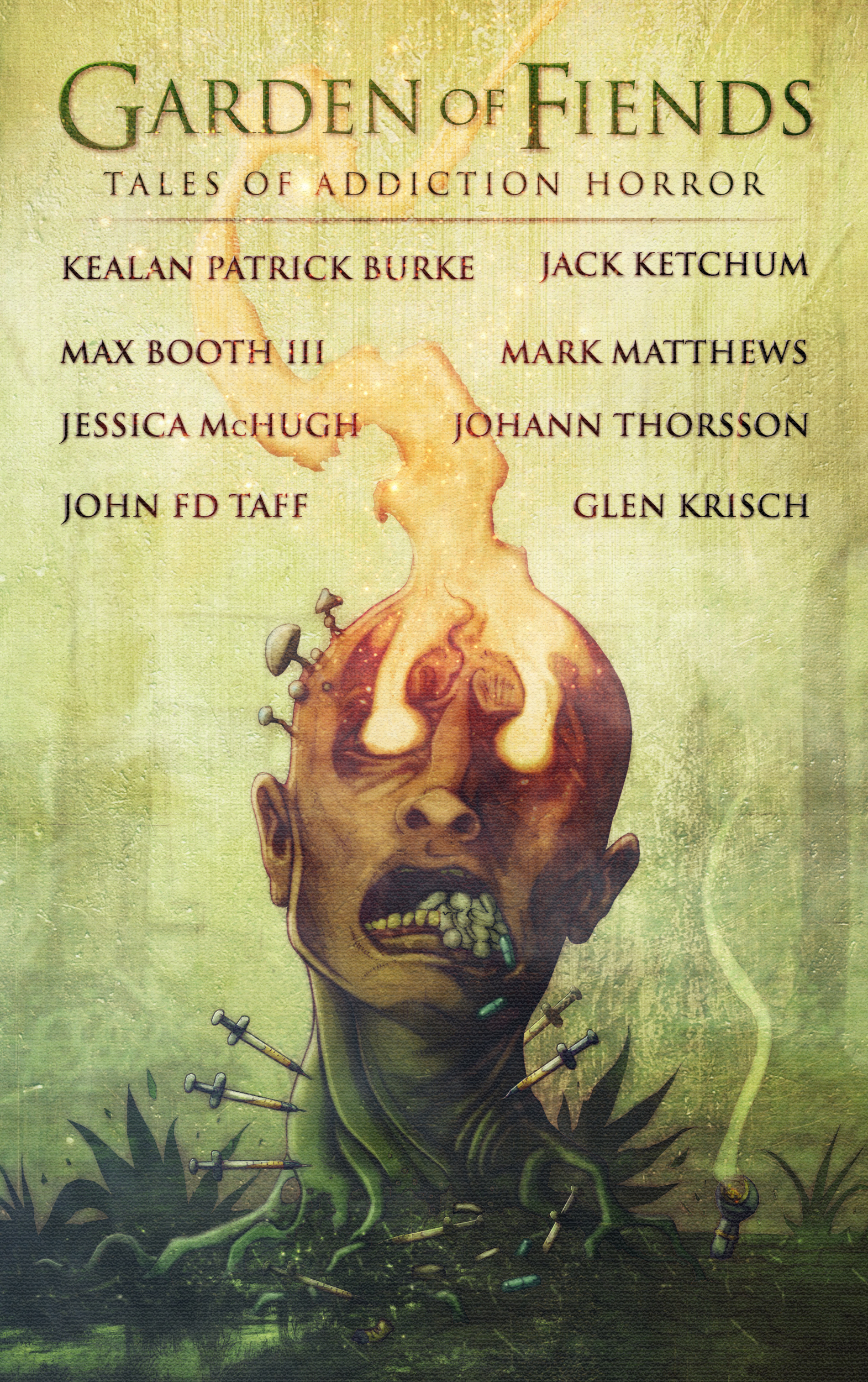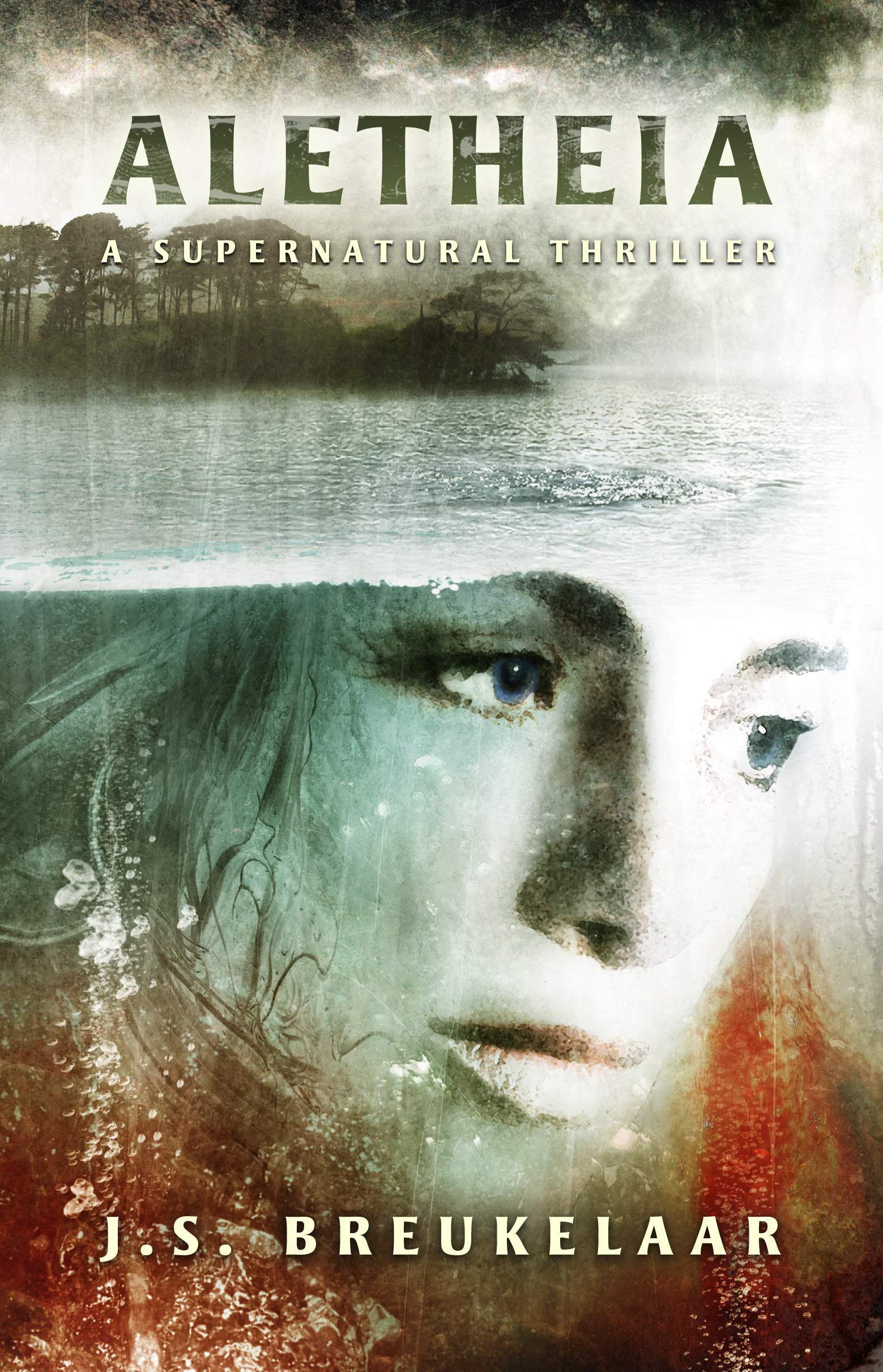“Smile,” the second episode of the new Doctor Who‘s tenth season, is a pretty good episode. It’s not an instant classic or anything, and there isn’t much plot going on until the last ten minutes or so, but the episode exists mostly to give the Doctor and Bill an opportunity to continue bonding and learning about each other, and in that regard it absolutely succeeds. The mentor relationship between the Doctor and Bill works so much better for me than the “space boyfriend” dynamic Doctor Who has been trafficking in since the revived series began, and as a result this season feels like a breath of fresh air. Peter Capaldi continues to shine as the Doctor — his performance is so assured it rises above even the weakest material — and I continue to hate the fact that he’s leaving at the end of this season. I don’t know what’s going to happen afterward, or for how long Doctor Who will stay on the air, but I’m convinced Capaldi will go down as one of the best new Doctors.
As I mentioned, the plot isn’t all that special, and it’s definitely one of those stories you don’t want to examine too closely or the logic will fall apart. For instance, the Vardy don’t really show many signs of self-awareness, and you’d figure the vital mechanical interface of a new colony would have some form of self-defense program anyway just in case the colony was attacked. Rebooting the system and wiping the Vardy’s memory doesn’t remove their knowledge of money, in particular pounds sterling, even though it removed everything else. The Vardy are construction microbots, so how exactly do they “eat” people down to the bone? What would make the Vardy then decide to use those bones as calcium fertilizer for the gardens? The questions could go on, but as I said, this episode was more about the Doctor and Bill than about the story happening around them.
There’s not a whole lot of Doctor Who neepery to share for this episode. The basic plot has some similarities to the 1988 Seventh Doctor serial “The Happiness Patrol,” which also involves the execution of colonists who aren’t happy all the time, although that story was really much more a response to Thatcher’s England. There are also a few superficial similarities to the 2008 Tenth Doctor episodes “Silence in the Library/Forest of the Dead,” with microscopic-sized creatures eating people down to the bone, and the 2005 Ninth Doctor episodes “The Empty Child/The Doctor Dances,” with nanotechnology gone awry. And I suppose the Vardy are in some way a truly Moffat-era antagonist — we’ve had “don’t blink” creatures and “don’t breathe” creatures and “don’t turn around” creatures, and now we’ve got “don’t stop smiling” creatures. But that’s all I’ve got. There are surprisingly few callbacks to the classic series this time around. (Although ending this episode with what is basically the start of the next is a very classic series thing to do!)
We have another mysterious mention of the vault the Doctor has promised to guard without leaving Earth, although no more clues as to what’s in it or why he made that promise. There’s a funny joke about the Doctor not being Scottish, just very cross, and another about how Scottish colonists seek independence on every planet they inhabit. The Doctor claims he is 2000 years old now, which I found quite surprising. When the Doctor says to one of the interface robots, “I’m happy, hope you’re happy too,” my mind immediately went to the 1980 David Bowie song “Ashes to Ashes” — an earworm that grew so insistent I actually had to listen to the song later. (We know Capaldi is a fan of Bowie, so I doubt this was merely a coincidence.) My only real complaint is that Nardole is basically sidelined for this episode, and I suspect he won’t be in the next one, either, since it appears to be set in the past. I want more Nardole, please! (Also, it didn’t feel quite right that he was jealous of Bill’s presence in the TARDIS. Less of that, please.)
We may only be two episodes in but season ten is looking to be a strong one, thanks to solid scripts, good actors, and especially the rapport between Peter Capaldi and Pearl Mackie.



